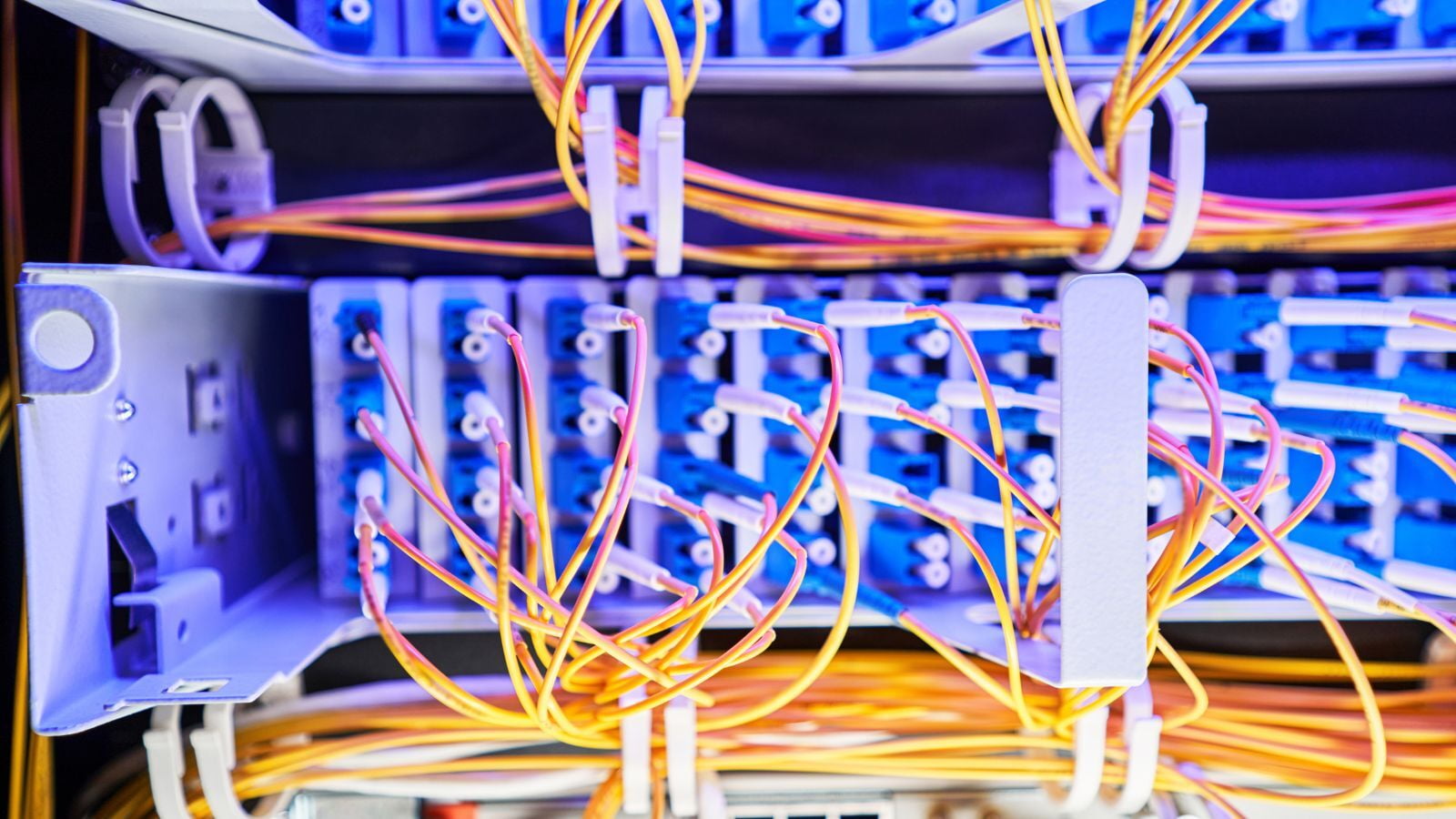Maximizing Network Efficiency: Cable Management Essentials
Maximizing Network Efficiency: Cable Management Essentials

- Plan and Document: Before commencing any cable management endeavor, create a detailed plan outlining the network layout, cable paths, and equipment locations. This documented information proves invaluable for future modifications or expansions.
- Use Cable Trays, Racks, and Labels: Invest in cable trays and racks to securely route and organize cables. Employ color-coded or labeled cables to simplify identification during maintenance or troubleshooting, saving time and minimizing errors.
- Cable Length Management: Avoid excessive cable lengths, which can lead to cable clutter and signal degradation. Measure and cut cables to the appropriate length to reduce unnecessary tangles and maintain optimal signal integrity.
- Cable Mapping and Documentation: Maintain meticulous records of cable connections, including ports, switches, and patch panels. This documentation simplifies the tracing process, especially in complex network setups.
- Tone and Probe Tracing: Utilize a tone generator and probe to trace cables through walls, ceilings, or floors by detecting the signal emitted by the tone generator at the other end of the cable. This technique aids in identifying specific cables in challenging environments.
- Visual Tracing: Leverage cable management tools with LED indicators or fiber optic testers to visually identify cables by illuminating specific connections, particularly useful in well-lit areas.
- Labeling Standards: Establish a consistent and standardized labeling system across your network infrastructure, including essential information such as device name, port number, and destination. This ensures quick identification and tracing of cables by anyone working on the network.
- Clear and Legible Labels: Utilize high-quality label makers or pre-printed labels for clarity and durability. Place labels in easily visible locations resistant to fading or peeling, reducing confusion and errors during maintenance or upgrades.
- Cable Bundling and Grouping: Bundle cables together using cable ties or Velcro straps and label each bundle for easy identification. Grouping cables based on their function or destination further streamlines troubleshooting and maintenance.
- Ongoing maintenance and documentation are vital for preserving an organized network infrastructure.
- Document Changes and Updates: Update network documentation whenever changes occur, including cable additions, removals, or reconfigurations, ensuring accuracy and facilitating future troubleshooting and network expansions.
- Periodic Cable Inspections: Conduct routine inspections to detect damaged cables, loose connections, or cable congestion. Promptly replace any faulty cables to maintain optimal network performance and prevent potential failures.

